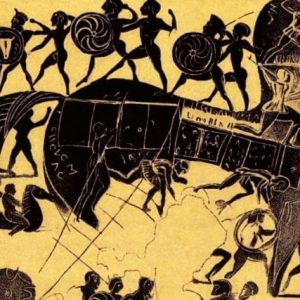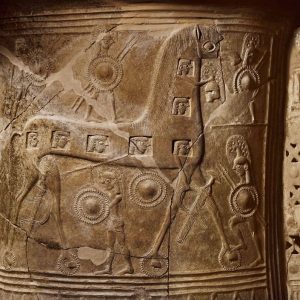Troy in-depth
troy in-depth
Troy – In-depth
Foundation
The birth of Troy is rooted in mythology and the “divine”. According to tradition, Dardanus – son of Zeus, king of the gods – came to the shores of Asia Minor and married the daughter of the local king, Teucer. With the latter’s approval, Dardanus founded a first city, bearing his name: Dardania. When he died, the kingdom first went to his nephew Tros and later to the latter’s son Ilus.
According to a legend, it was precisely Ilus who founded a second city with his own name, called Troy or Ilion, where Zeus had thrown from the sky a wooden statue depicting Athena “Pallas”. Until such statue known by the name of “Palladio” remained inside the city, Troy would be invincible.
The Trojans’ bond with their illustrious predecessors was so strong that literary sources often call them “descendants of Teucer” or “Dardanians”, in remembrance of the first great kings of the region.
The Trojan horse
The famous Trojan horse was the expedient which allowed the Achaeans to conquer the city. After ten years of siege, they realized that Troy, protected by its majestic walls, would never fall by force.
Ulysees, king of Ithaca and known for his cunning, devised a perfect trick. The Achaeans pretended to be leaving for their home, sailing with their boats and leaving a gigantic wooden horse on the beach. The most capable Greek heroes were hidden in the horse’s belly. The Trojans, totally unaware, brought the horse inside their city in order to offer it to their protector, the goddess Athena “Pallas”.
In the dead of night, the Achaeans left the internal of the horse, set the city on fire and killed a great deal of its inhabitants.
Troy I
The first settlement dates between 2920 and 2350 B.C. It is a small fortified centre, whose southern flank with its city walls and gate (the “Southern Gate”) backed up by two rectangular bastions is particularly well preserved, notwithstanding its antiquity.
A line of rectangular buildings of oblong shape has been identified in the centre. Among them the “House 102” particularly stands out and is considered to have been a sort of “megaron”: boardroom and place of worship belonging to one of the important personalities of the city. The centre was destroyed by a catastrophic event.
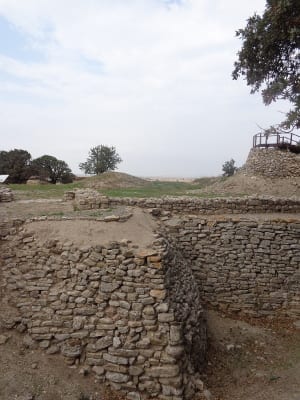
troy II
This second period of Troy’s life dates between 2550 and 2250 B.C. The centre was enlarged and became an area of almost 9000 m², protected by a new wall circuit, 330 metres long and 6 metres tall. Various structures of the magaron-type were found inside the settlement, with their oblung rectangular shape and a sort of entrance portico. Inside one of them, the “Megaron IIA”, with a central hearth and exceptionally large, assemblies, meetings and religious rituals were held. Outside the city walls, also a “lower city” could be found, protected by a wooden palisate.
The life of Troy II came to a halt due to a devastating fire, but the richness of the city was not annihilated: Schliemann discovered more than twenty “treasures” (also the famous “Priam’s Treasure”) precisely among these strata.
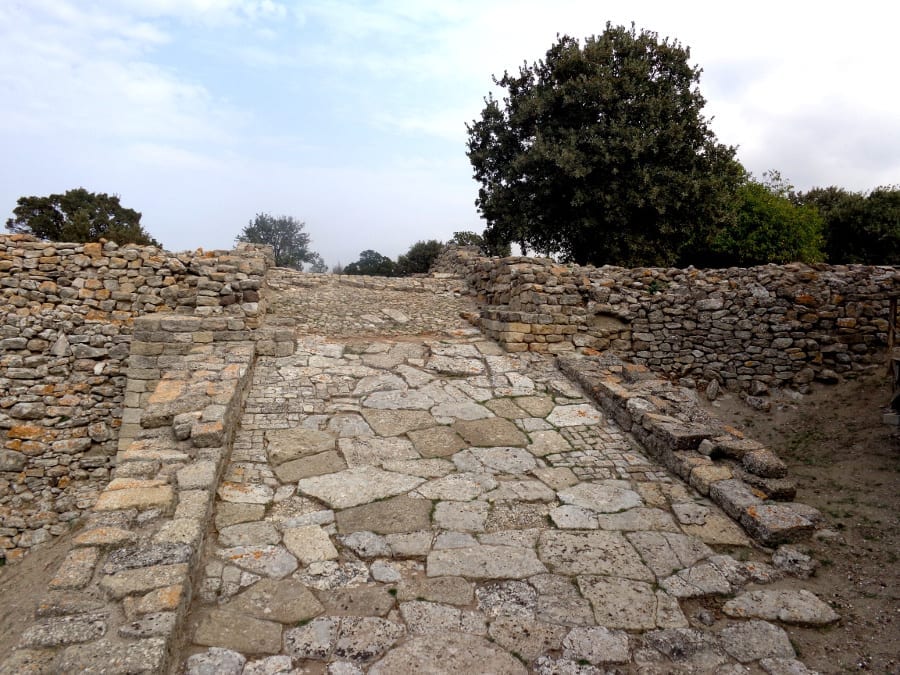
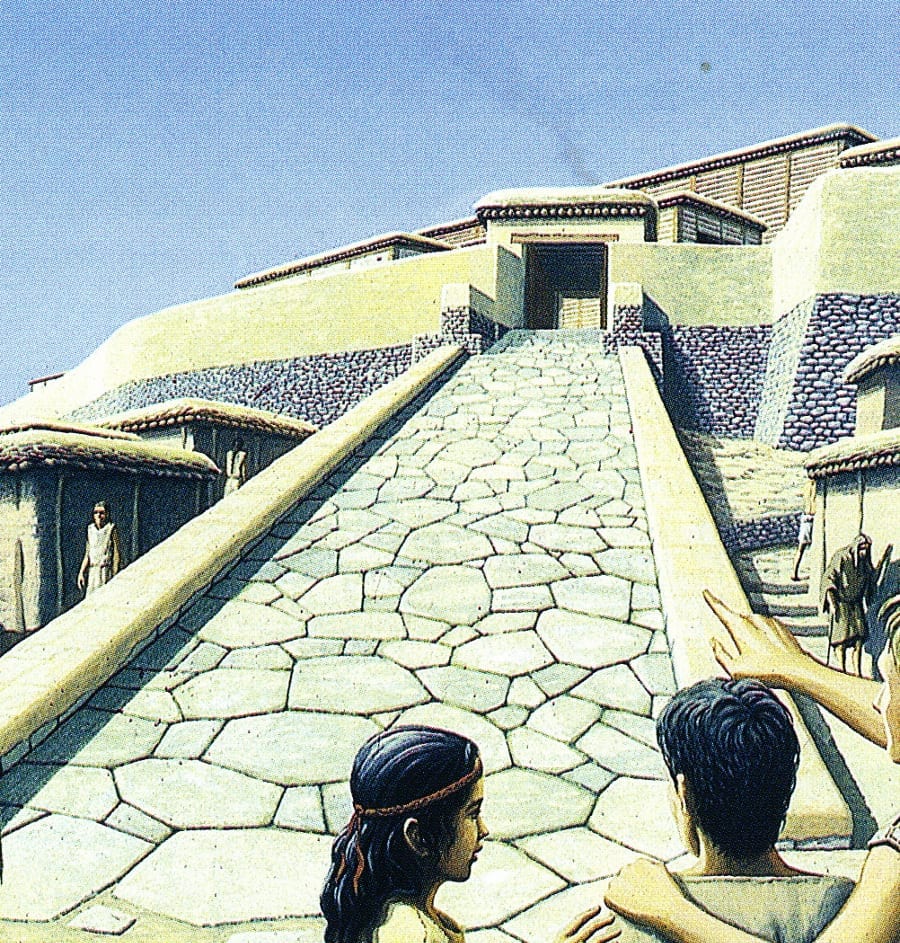
troy III-V
The third, fourth and fifth phases of development of the site date back between 2250 and 1740/1730 B.C. Although the settlement was progressively enlarged, up to 18000 m², the archeological excavations demonstrated that during these phases the houses were attached and only separated by narrow streets. In addition, since Troy IV the first oven was used, replacing the hearth and attesting a transformation in cooking habits. Troy V too was ended by a fire.
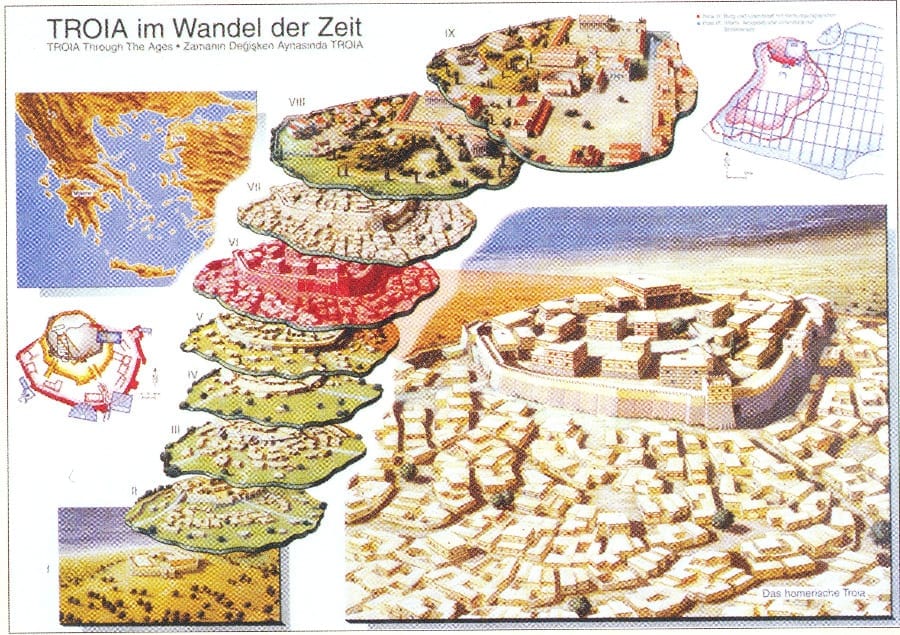
troy VI
Between 1740/1730 and 1300/1250 B.C Troy became one of the most important political and commercial centers of Asia Minor. The walls, built in stone and mud bricks, were up to 10 meters tall and were fortified by towers.
Various buildings and megara of the city, which was organized following the concentric terracing method, were identified. The structure “VI M”, with an “L” shaped plan and probably developed over two floors, is of a very interesting nature, and generally regarded as integral part of the royal palace. It is also well-known that a wide “lower city” existed, developing outside the walls and proteceted by a wall circuit and a moat.
Even though it was initially hypothesized that this was the Ilion narrated by Homer, the fact that its destruction was caused by an earthquake and not by an invasion drew the scholars’ attention to the subsequent phase: Troy VII.
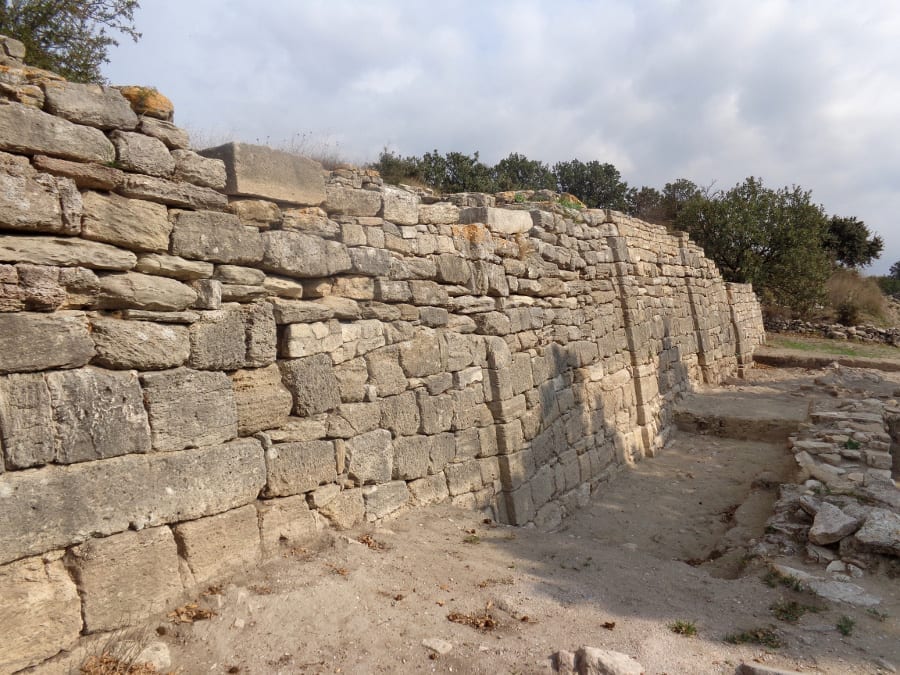
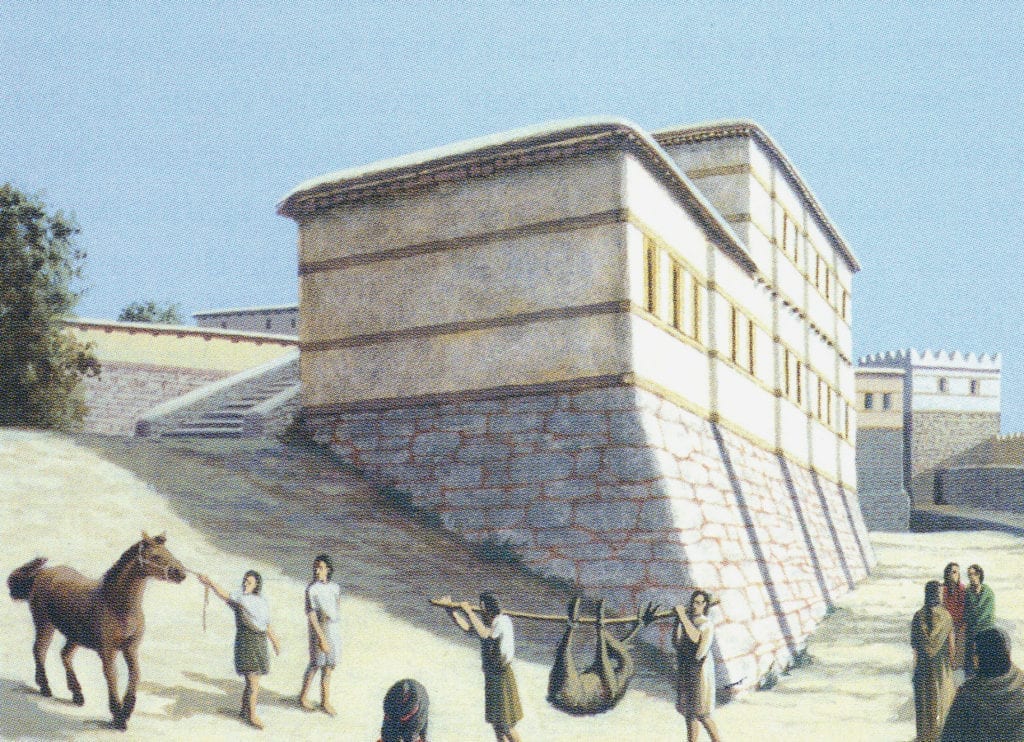
troy VII
After the earthquake that destroyed Troy VI, the inhabitants rebuilt the city between 1300/1250 and 950 B.C, with some significant changes: some gates of the defensive wall were closed, storehouses were built for food conservation and the settlement became more “crowded”. All these indicators suggested the existence of a threat and the attempt to fortify the interior of the city. Supporting this, archeological excavations have detected that the site was in fact destroyed by a bellic event around 1180 B.C: this event, according to many, refers to the war told in the Iliad.
Later, the center was rebuilt by the people of adjacent areas. The sequence of destructions and rebuildings, however, did not stop and with the passage of time saw the arrival of new inhabitans, coming from distant areas – for example, the Balkans – up until 950 B.C, when the city was abandoned.
troy VIII
People started to move to the hill of Hissarlik again from 3700 B.C. The site became a Greek colony known by the name of Ilion, and a sanctuary consecrated to Athena was implanted in the highest part of the city. The sacred area, according to literary sources, was visited by two of the most famous personalities of the V-IV cent. B.C: the persian king Xerxes and Alexander the Great. The structures of the sacred recint (temenos) that hosted the doric temple and the big rectangular altar are still visible up to these days.
To the South and to the East of the site, a “lower city” developed, organized according to a regular plan and surrounded by a wall circuit of almost 3 km.
In 85 B.C the “Sacred City of Ilion” was destroyed again by the Roman general Fimbria during a war against the king of Pontus.
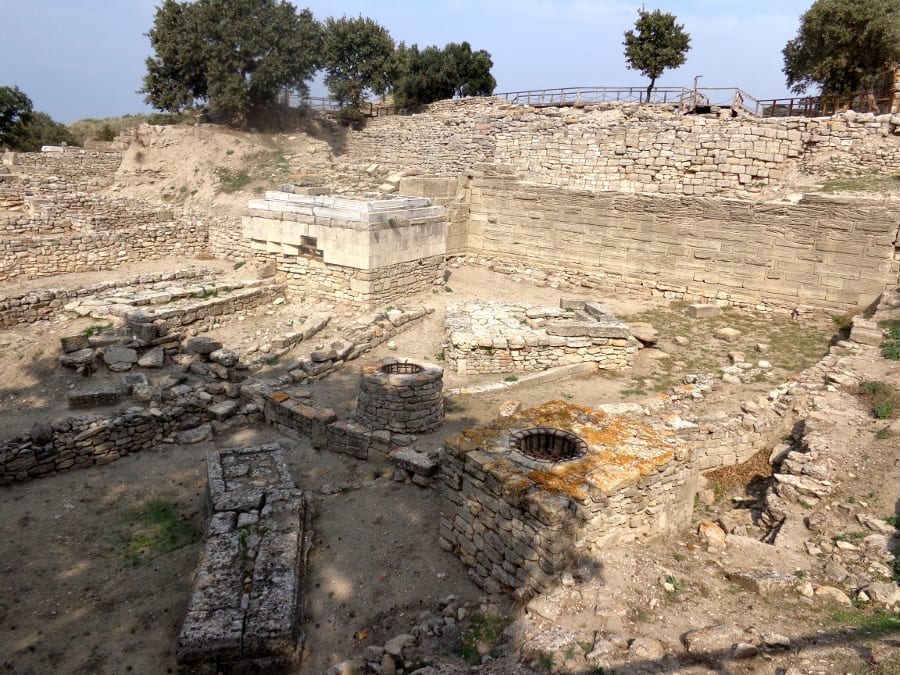
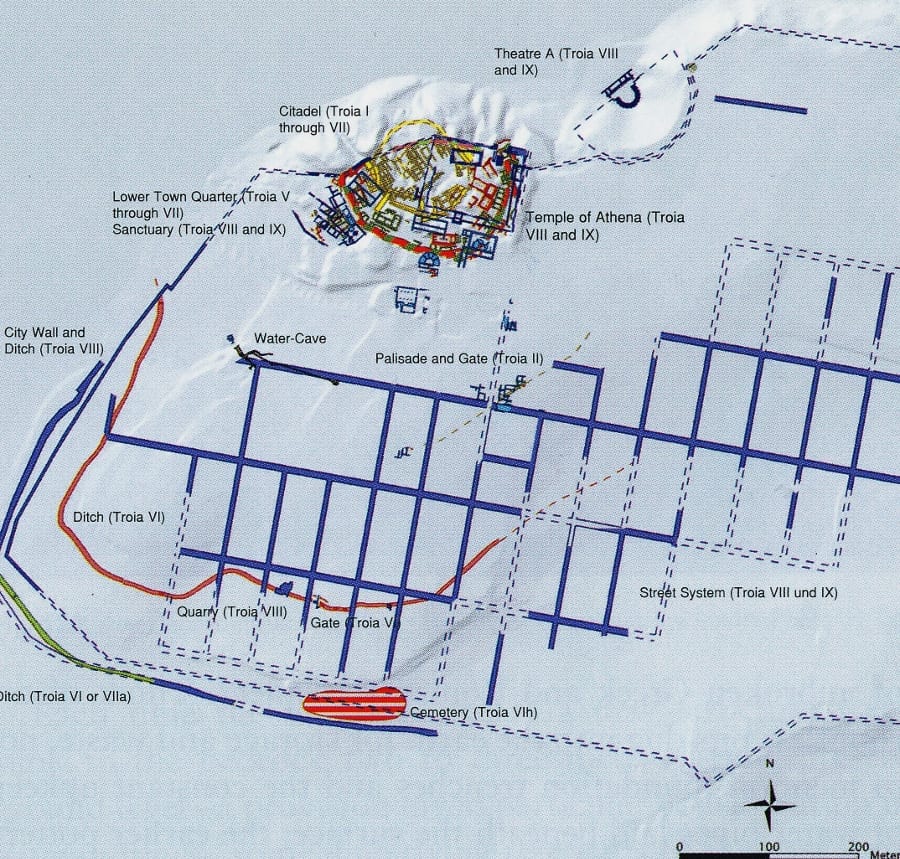
troy IX
A new period of splendor began during the Roman Imperial age. After visiting the site for the first time in 48 B.C, the Emperor Augustus, inclined to create a common history between the Romans and the Trojans, and willing to recognise the origin of his family in Aeneas’ ancestry, started a requalification of the center, renamed “Ilium Novum”.
Augustus was involved in the restoration of many structures dating back to the Greek phase, including the theatre, the bouleuterion (where meetings of the city council took place) and the sanctuary of Athena itself. New complexes were also built: an odeion (a structure very similar to a theatre, probably built for the visit of Augustus in 20 B.C.), a gym and a thermal complex that still preserves a part of its pavimental mosaics.
A particular attention to the “Ilium Novum” characterized the following centuries as well, as shown by the intervention of emperors Adrian and Caracalla. Constantine in the IV cent. A.C. even thought of moving here the capital of the Eastern Roman Empire, but this was later assigned to Constantinople. The “Ilium Novum” prospered until around 500 A.C. when it was destroyed by a violent seismic activity.
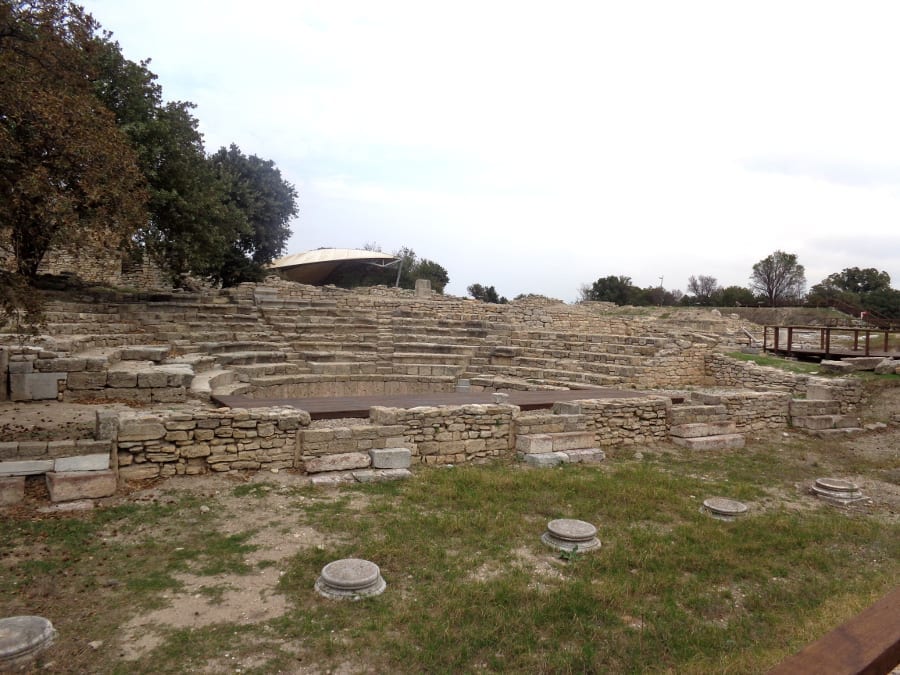
troy X
The last phase of the site of Hissalrik was a short parenthesis in-between centuries of oblivion. After the earthquake of 500 A.C., the centre was left abandoned until the XII cent. A.C. Traces of the new settlement are limited to some burials, that have been found mainly in the already dismissed sanctuary of Athena and the rest of the “high city”. This settlement, extremely reduced, ended in the XIII cent. A.C. and the city was completely forgotten.
Priam’s Treasure
The so-called “Priam’s Treasure” is a large group of metal and terracotta objects discovered by Heinrich Schliemann on the 14th of July 1873. Since it includes numerous high-quality metallic elements (gold, silver, copper and and electrum), such as the so-called “Great Diadem”, the scholar thought that these objects belonged to the Trojan king Priam.
The findings, discovered in the layers of Troy II, actually date back to the III millenium B.C. and therefore the “treasure” would in fact predate the Homeric war. Other scholars instead nurture doubt about the authenticity of the findings, suspecting that the treasure was created by Schliemann bringing together different objects from various sites.
The discoverer inappropriately took possession of the objects and also took them to Germany: since then the collection has been taken apart and is now conserved in numerous museums worldwide. A portion of them can be found in the Archeological Museums of Istanbul, after the researcher gave some objects back to the Ottoman Empire. The part that remained in Germany was initially exposed at the Pergamon Museum but, during WWII, it was taken by the Russians and is currently held at the Puskin Museum of Moscow and the Ermitage of Saint Petersburg.

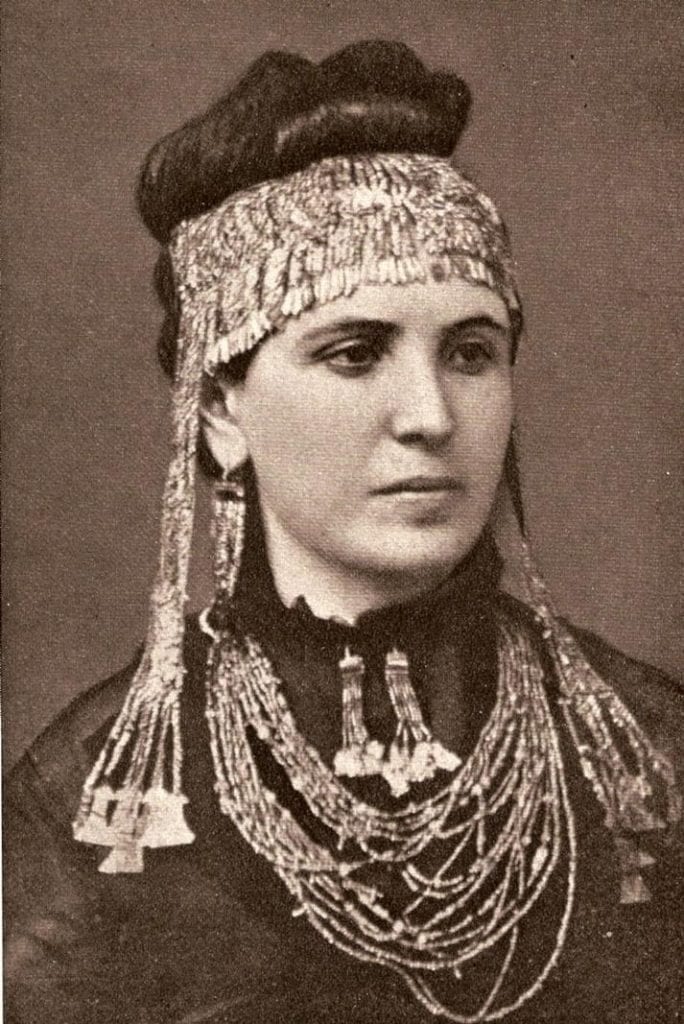
Map
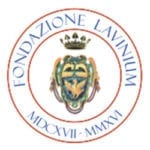



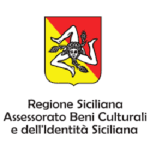
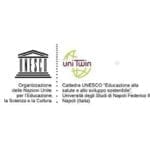



















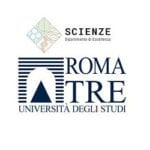

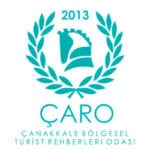
Previous
Next

